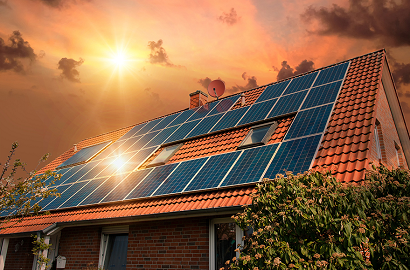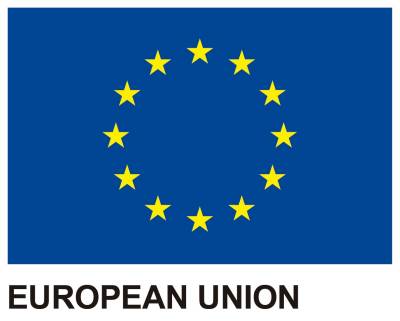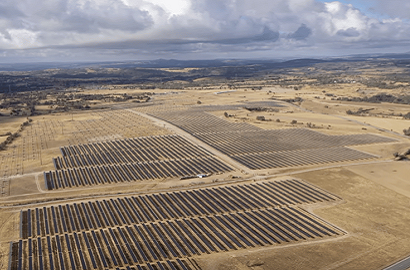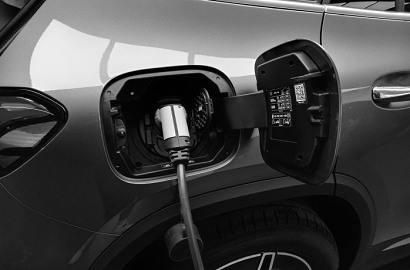Photovoltaic self-consumption takes off in 2022

The number of new installations grew by 108%, passing the 5GW milestone
The installation of solar photovoltaic systems for self-consumption increased dramatically in 2022, according to data gathered by the Unión Española Fotovoltaica (UNEF), an association representing 770 companies in the industry. 2,507 megawatts of power were connected last year, to be exact, 108% more than in 2021, when 1,203 megawatts of new installations were registered.
These figures reflect a significant increase, given that at the same time the cumulative installed power for self-consumption nearly doubled, reaching 5,249 megawatts. Now, after passing the five-gigawatt milestone, UNEF believes Spain has reached a level which all but guarantees achievementof the self-consumption road map goals. This document, published in 2021 by the Ministry for the Ecological Transition and the Demographic Challenge, hopes to accelerate the energy transition in record time.
A boost from industry
The biggest demand for self-consumption installations was from industry, according to the report. This sector accounted for 47% of the new installed power, and helped to boost this option. Not only did industry continue to lead demand, it increased its lead over other sectors, up from 41% in 2021.
The residential sector represented 32% of new installations. According to UNEF’s calculations, this figure corresponds to about 200,500 households. The commercial sector installed another 20%, and the remaining 1% corresponds to isolated self-consumption.
Electricity prices
For José Donoso, general director of UNEF, the reasons for this growth are clear, “High electricity prices caused by uncertainty after the invasion of Ukraine, plus the boost from grants included in the Government’s recovery funds, have enabled self-consumption to continue breaking records in Spain. Also, the first collective self-consumption projects are beginning to come online, a trend which will drive even more growth in the sector.”
Other factors favouring the new self-consumption trend include the simplification of administrative barriers, local incentives, and the elimination of construction permits in all Spanish regions except the Basque Country. As Donoso says, “This is generating a demonstration effect which will make self-consumption commonplace in our homes and businesses.”
Trends and needs
Donoso, as the representative of the industry’s largest association, is confident that self-consumption “will continue this year’s growth trend - we only have to see its progress since the ‘sun tax’ was abolished in 2018: in 2019 we added 459 megawatts of power, 596MW in 2020, 1,203MW in 2021, and 2,507MW in 2022.”
However, this growth has revealed that the solar power sector in Spain needs to train, attract and retain professionals who can handle future demand.




